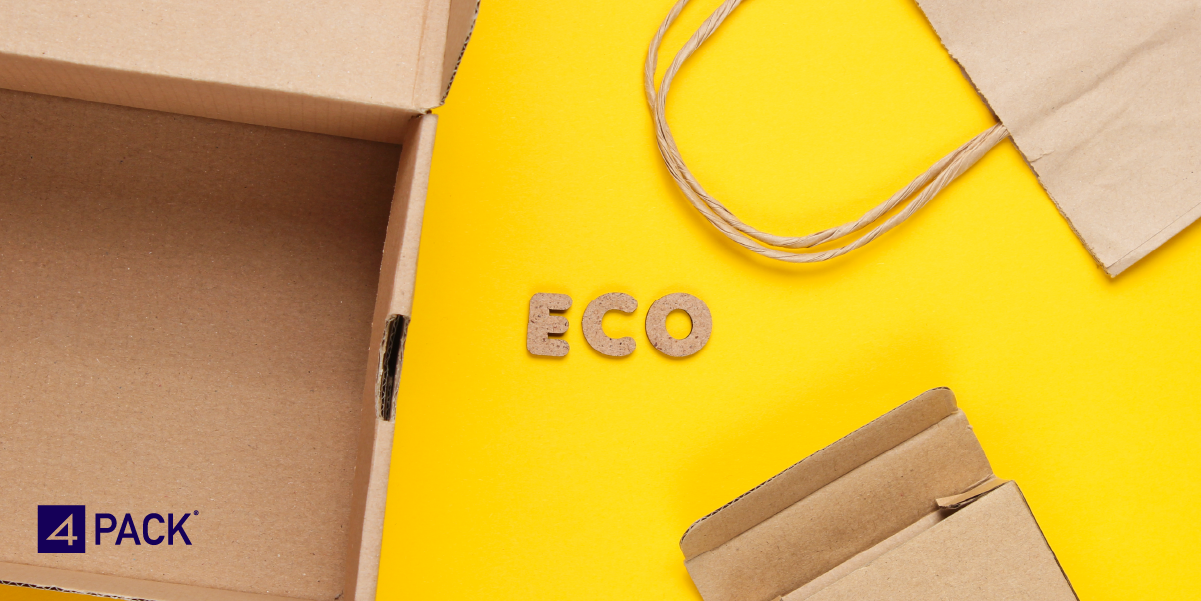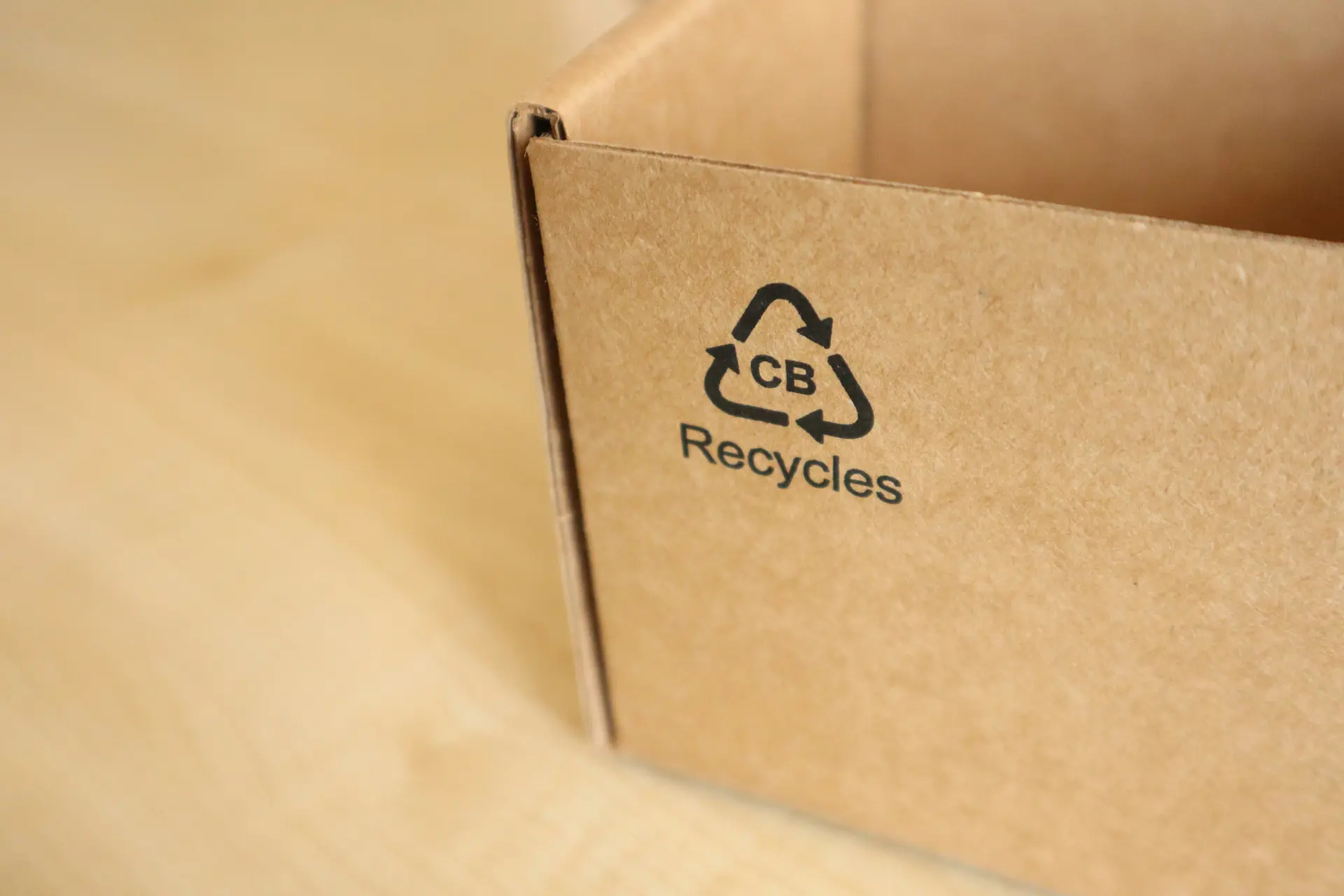Introduction
The integration of Environmental, Social, and Governance (ESG) principles has become paramount for businesses in all industries. Nowhere is this more evident than in the packaging industry, where sustainability concerns are driving significant changes. This article explores the intricate relationship between ESG principles and packaging, shedding light on the importance of adopting sustainable practices in this sector.
Environmental Impact of Packaging
Understanding the environmental challenges posed by traditional packaging
Traditional packaging methods have long been associated with significant environmental repercussions. From plastic pollution choking our oceans to the depletion of finite natural resources, the environmental toll of conventional packaging practices is undeniable.
Pollution and waste accumulation
The proliferation of single-use plastics has led to a staggering accumulation of waste in landfills and oceans worldwide. Plastic packaging, often disposed of improperly, poses a severe threat to ecosystems and wildlife.
Depletion of natural resources
The extraction and processing of materials for packaging contribute to the depletion of natural resources such as forests and minerals. This unsustainable consumption pattern is inherently damaging to the environment.
Contribution to greenhouse gas emissions
The production and transportation of packaging materials generate substantial greenhouse gas emissions, exacerbating the climate crisis. From manufacturing to disposal, each stage of the packaging lifecycle has environmental implications.
The Rise of ESG in Packaging
Evolution of ESG criteria in business practices
In response to mounting environmental concerns, businesses are increasingly embracing ESG principles as a framework for sustainable development. This paradigm shift reflects a growing recognition of the need to balance economic objectives with environmental and social responsibilities.
Growing consumer demand for sustainable packaging solutions
Consumer preferences are shifting towards eco-friendly products, prompting companies to rethink their packaging strategies. From recyclable materials to biodegradable alternatives, there is a growing market demand for sustainable packaging solutions.
Regulatory pressures and industry standards
Governments and regulatory bodies are enacting stringent measures to curb environmental degradation, placing additional pressure on companies to adopt sustainable packaging practices. Industry-led initiatives and standards are also shaping the trajectory of packaging sustainability.
ESG Principles in Packaging
Environmental considerations
Material selection and lifecycle analysis
The choice of materials used in packaging plays a pivotal role in determining its environmental impact. Conducting lifecycle assessments helps identify the most sustainable options, taking into account factors such as resource consumption, emissions, and end-of-life disposal.
Recycling and biodegradability
Promoting the recyclability and biodegradability of packaging materials is essential for reducing waste and conserving resources. Designing products with end-of-life considerations in mind ensures that packaging can be effectively recycled or returned to the environment without harm.
Reduction of carbon footprint
Minimising the carbon footprint of packaging operations involves optimising energy efficiency, utilising renewable energy sources, and reducing emissions throughout the supply chain. Carbon offsetting initiatives can further mitigate the environmental impact of packaging activities.
Social considerations
Fair labour practices in packaging supply chain
Ensuring fair labour practices throughout the packaging supply chain is crucial for upholding social justice and human rights. Ethical sourcing, fair wages, and safe working conditions are integral components of a socially responsible packaging strategy.
Community engagement and involvement
Engaging with local communities impacted by packaging operations fosters positive relationships and mutual understanding. Community outreach programmes, philanthropic initiatives, and stakeholder consultations help build trust and support for sustainable packaging initiatives.
Governance considerations
Transparent reporting and accountability
Transparent reporting mechanisms enable companies to track and communicate their progress towards ESG goals effectively. By disclosing relevant environmental, social, and governance metrics, businesses enhance accountability and stakeholder trust.
Ethical decision-making processes
Integrating ethical considerations into decision-making processes ensures that packaging practices align with broader societal values and principles. Ethical dilemmas, such as balancing profitability with social and environmental concerns, require thoughtful deliberation and responsible action.
Benefits of ESG Packaging
Environmental benefits
Reduction of waste and pollution
By prioritising recyclable and biodegradable materials, ESG packaging initiatives help reduce the volume of waste entering landfills and oceans. Minimising plastic pollution and litter contributes to cleaner and healthier environments for present and future generations.
Conservation of natural resources
Optimising material use and promoting resource efficiency conserves precious natural resources such as water, energy, and raw materials. Sustainable forestry practices and closed-loop recycling systems support biodiversity conservation and ecosystem resilience.
Mitigation of climate change impacts
Lowering carbon emissions and adopting carbon-neutral practices contribute to mitigating the adverse effects of climate change. Sustainable packaging solutions, coupled with renewable energy initiatives, play a vital role in transitioning towards a low-carbon economy.
Social benefits
Improved livelihoods in packaging communities
Investing in local communities and supporting small-scale enterprises within the packaging supply chain creates economic opportunities and fosters inclusive growth. Empowering vulnerable groups and promoting social equity enhance the resilience of communities facing environmental challenges.
Enhanced brand reputation and consumer trust
Demonstrating a commitment to ESG principles enhances brand credibility and fosters consumer trust and loyalty. Companies that prioritise sustainability are perceived as responsible corporate citizens, resonating positively with environmentally conscious consumers.
Economic benefits
Cost savings through efficient resource use
Implementing ESG packaging initiatives can lead to cost savings through reduced material waste, energy consumption, and operational inefficiencies. Long-term investments in sustainable practices yield financial returns while minimising environmental risks and liabilities.
Access to new markets and consumer segments
Meeting the growing demand for sustainable products opens doors to new markets and consumer segments seeking eco-friendly alternatives. ESG packaging serves as a competitive differentiator, attracting environmentally conscious consumers and driving market growth.
Challenges and Limitations
Technological and infrastructural limitations
Despite advancements in sustainable packaging technologies, certain challenges remain, including limitations in recycling infrastructure and scalability. Investing in research and innovation is essential for overcoming technical barriers and accelerating the adoption of ESG packaging solutions.
Economic viability and cost considerations
Balancing the upfront costs of transitioning to sustainable packaging with long-term economic benefits poses challenges for businesses, particularly small and medium enterprises. Financial incentives and government support can help mitigate financial barriers and facilitate the transition to ESG packaging.
Balancing ESG goals with other business priorities
Achieving alignment between ESG objectives and broader business goals requires careful planning and strategic integration. Companies must navigate competing priorities and stakeholder interests while maintaining a commitment to sustainability throughout their operations.
Future Trends and Outlook
Emerging technologies and innovations in sustainable packaging
Advancements in materials science, recycling technologies, and packaging design hold promise for revolutionising the future of packaging. From bio-based materials to smart packaging solutions, emerging technologies offer innovative ways to enhance sustainability and minimise environmental impact.
Continued evolution of ESG criteria and standards
As societal expectations evolve and awareness of environmental and social issues grows, ESG criteria and standards are expected to undergo continuous refinement. Regulatory frameworks, industry initiatives, and stakeholder engagement will drive the development of robust ESG metrics and reporting guidelines, providing greater transparency and accountability across the packaging sector.
The role of collaboration and partnerships in advancing ESG goals
Collaboration among stakeholders, including businesses, governments, NGOs, and consumers, is essential for accelerating progress towards ESG goals. Strategic partnerships can facilitate knowledge sharing, resource pooling, and collective action, enabling holistic solutions to complex sustainability challenges. By fostering collaboration and dialogue, the packaging industry can drive meaningful change and create a more sustainable future for generations to come.
Learn more about 4Pack Solutions and how we can help you manage your product data effectively to meet your ESG goals.



